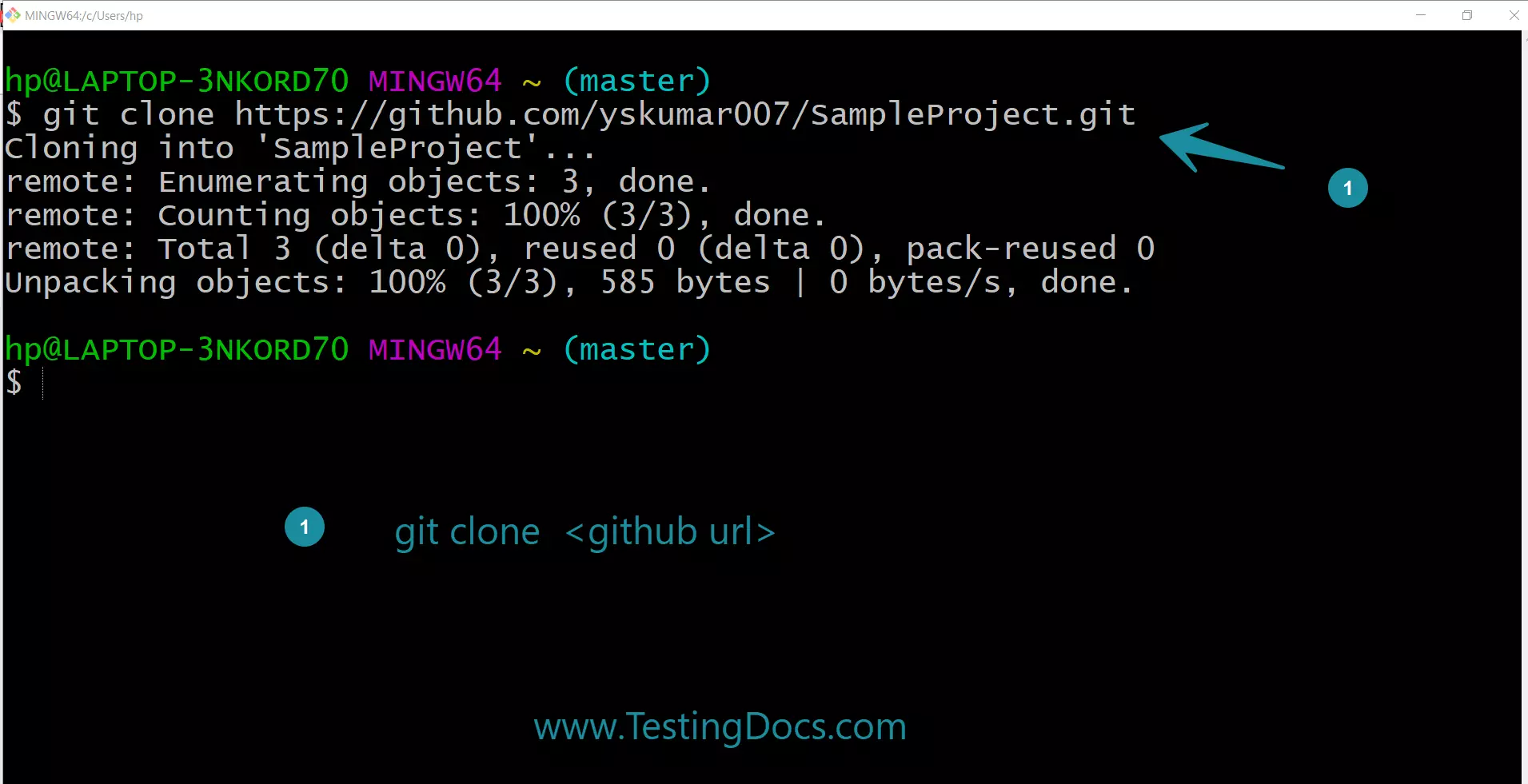

- #Git add remote repository to existing full#
- #Git add remote repository to existing series#
- #Git add remote repository to existing download#
to download a branch from a remote repository in order to be able to work. HTTP is an easy way to allow anonymous, read-only access to a repository. To create a branch, use the git branch command, and follow it up with the. Two of the easiest ways to access a remote repo are via the HTTP and the SSH protocols. Git supports many ways to reference a remote repository. This behavior is also why most Git-based projects call their central repository origin. This is useful for developers creating a local copy of a central repository, since it provides an easy way to pull upstream changes or publish local commits. When you clone a repository with git clone, it automatically creates a remote connection called origin pointing back to the cloned repository. The git remote command is really just an easier way to pass URLs to these "sharing" commands. Instead, developers need to manually pull upstream commits into their local repository or manually push their local commits back up to the central repository. This means that information is not automatically passed back and forth between repositories. These examples assume you're cloning using HTTPS, which is recommended. The git remote rename command takes two arguments: An existing remote name, for example, origin A new name for the remote, for example, destination Example. Git is designed to give each developer an entirely isolated development environment. Use the git remote rename command to rename an existing remote. Rename a remote connection from <old-name> to <new-name>. The following commands are used to view the current state of the remote list. Committing the file added: git commit -m File added for multiple repo test. Now add the text file in that branch locally: git add tst1.txt.

This is followed by checking out this branch: git checkout tstmultiplebr. The git remote command is essentially an interface for managing a list of remote entries that are stored in the repository's. First, creating the branch locally: git branch tstmultiplebr.
#Git add remote repository to existing full#
Instead of referencing them by their full URLs, you can pass the origin and john shortcuts to other Git commands. Instead of providing real-time access to another repository, they serve as convenient names that can be used to reference a not-so-convenient URL.įor example, the following diagram shows two remote connections from your repo into the central repo and another developer’s repo. Remote connections are more like bookmarks rather than direct links into other repositories. The git remote command lets you create, view, and delete connections to other repositories. These commands all have their own syncing responsibilities which can be explored on the corresponding links. Records registered through the git remote command are used in conjunction with the git fetch, git push, and git pull commands. The git remote command is one piece of the broader system which is responsible for syncing changes.

Instead of committing a changeset from a working copy to the central repository, Git lets you share entire branches between repositories.
#Git add remote repository to existing series#
Users typically need to share a series of commits rather than a single changeset. This is different from Git's distributed collaboration model, which gives every developer their own copy of the repository, complete with its own local history and branch structure. "We're all in it together, kid.SVN uses a single centralized repository to serve as the communication hub for developers, and collaboration takes place by passing changesets between the developers’ working copies and the central repository. I think the two biggest issues were the lack of "Add to source control" in the menu for some reason - and the Solution Explorer losing it's content for some reason. Hopefully my experience can give some insight. So my issue is resolved - but it was kind of a bumpy road. I right clicked on the local repository, Open in File Explorer, then clicked on the solution to open it and things seemed to work. The origin remote has been added and the current branch has been published.Īfter I saw that, I could no longer see anything in Solution Explorer - just a wrench icon that was active. The 'Publish to menu option and I clicked it, resulting in the message that You add a remote to tell Git which remote repository in GitLab is tied to the specific local folder on your computer. If your solution is already within the Git repo directory on disk, you should be able to right click the solution and choose the 'Add to Source Control' command to get that solution into the repo.


 0 kommentar(er)
0 kommentar(er)
